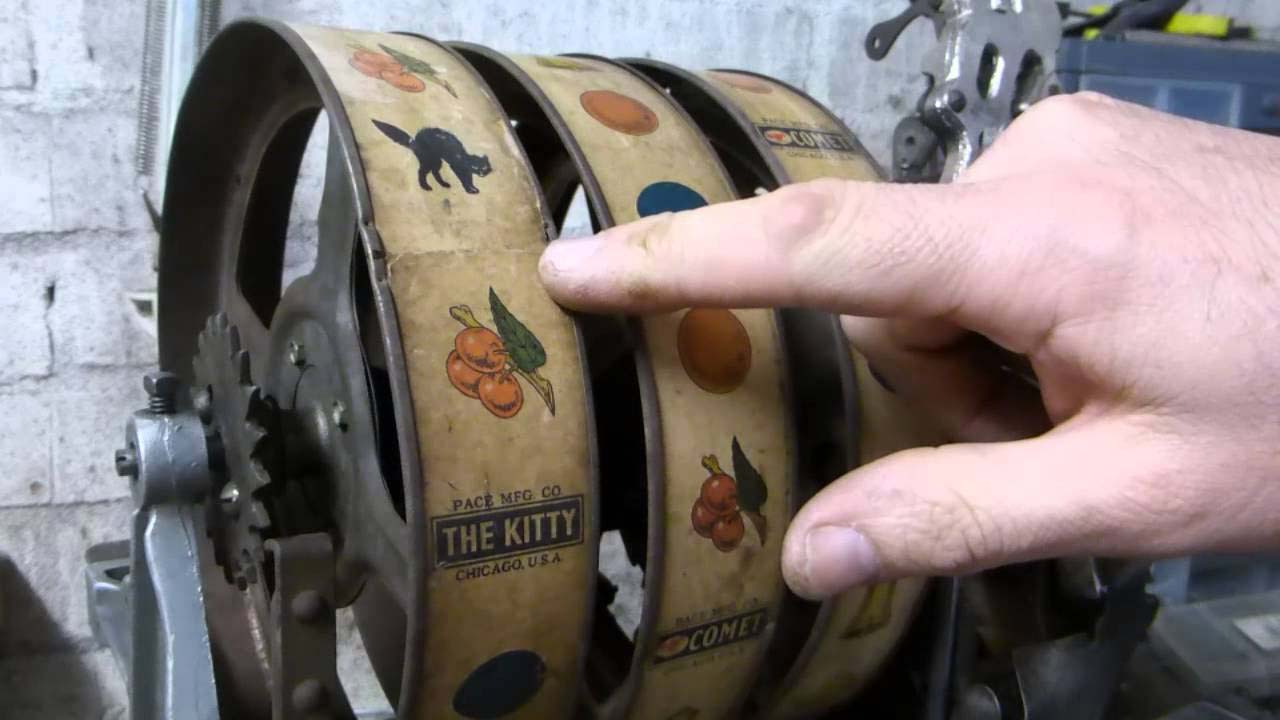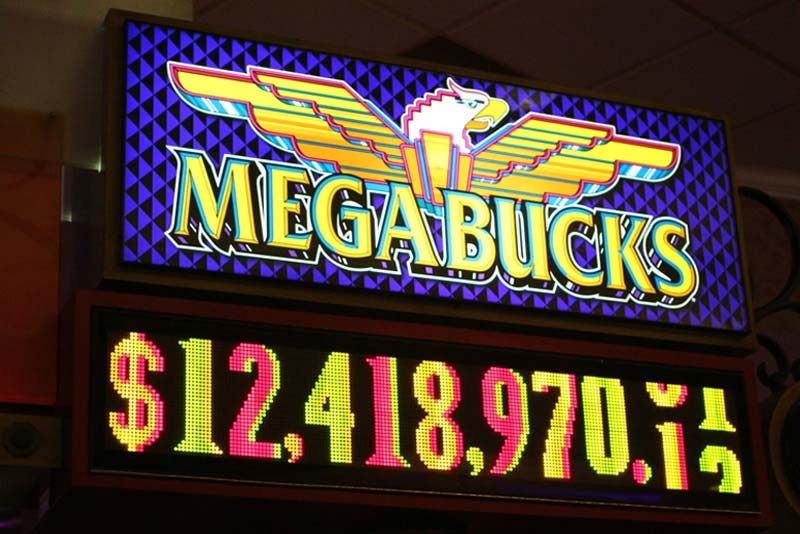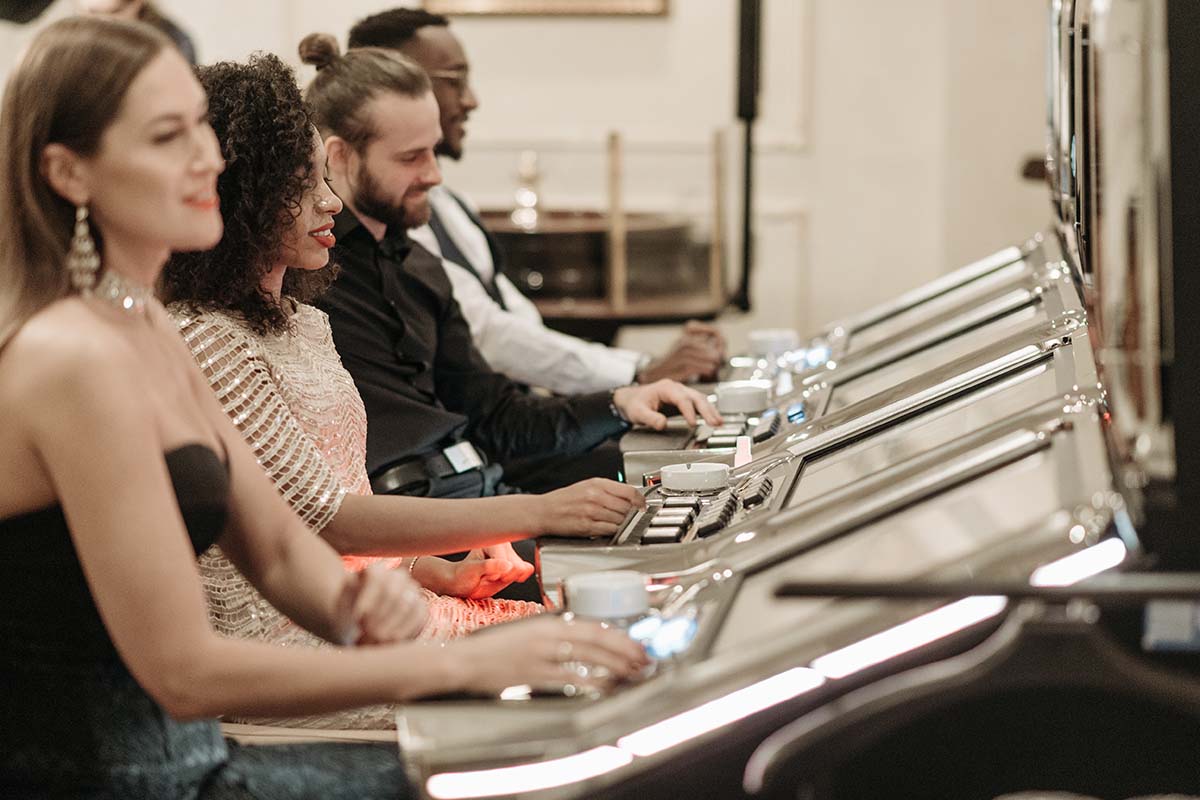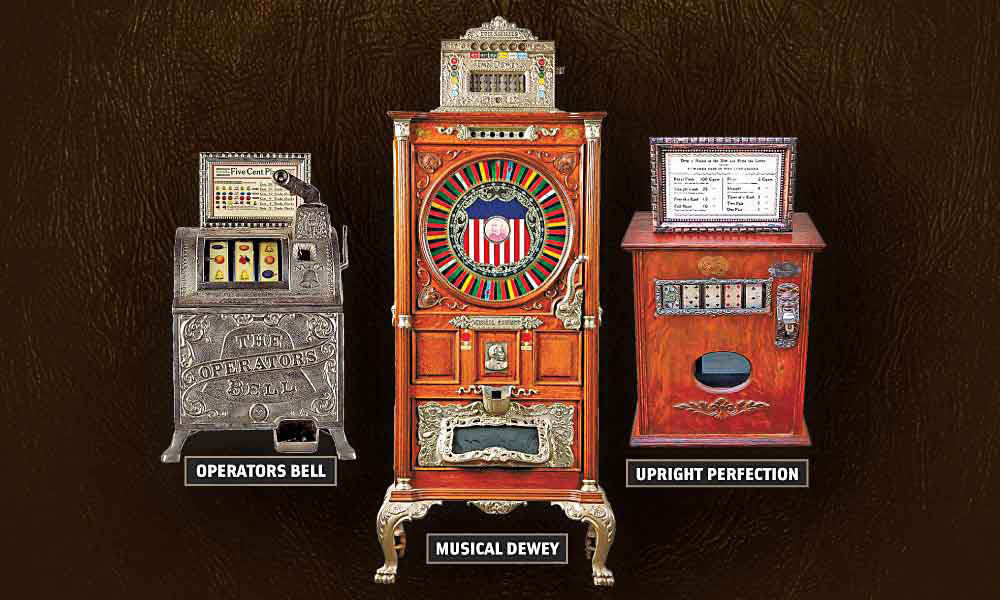This is How Slot Machines Are Built – Drawings Included
Slot machines have a long and interesting history. They’ve been around for over 100 years, and the way they operate has changed drastically. Today’s video slots are a far cry from the original slot machine, the Liberty Bell from 1895 – which was just kept ringing until someone put five nickels into it.
Take a look at how today’s slot machine works, the elements that go into its construction, how it is constructed, and most importantly, why you should never try to build your own.
The general design of any slot machine hasn’t really changed since Charles Fey introduced his first one in 1895. The idea is simple: If you win, push this button, and coins will come out! The three reels on Fey’s Liberty Bell contained cherries, bars, and horseshoes – common symbols today as well.
The Liberty Bell was a huge hit, and three years later, Fey had sold over 5000 of them. It didn’t take long for slot machines to start showing up in cafes, general stores, and even bars. Slot machine mania had begun!
As time went on, the designs became more elaborate, including jacks or, better, bells, fruit symbols, etc. Still, it wasn’t until 1947 that Bally Manufacturing introduced the electromechanical slot machine with spinning reels. Its ‘See-No-Evil’ sign became one of the most iconic symbols in American pop culture at that time.
The first models
The first models produced 1/100th of coins per pull using old watch parts. Years later, they produced machines that dispensed a ball bearing instead of coins as players chased the jackpot.
In 1963 Bally introduced what would essentially become the first video slot machine – it had no payout and was purely mechanical save for two microswitches used to detect a win.
In 1976, after some turmoil over payouts from bars being cut due to increased taxes on their entertainment licenses, Nevada created a law allowing only coin-operated slots.
The regulation required these machines to return more than 75% of all money put into them, which caused the popularity of video slots to decline tremendously. It wasn’t until 1978 when IGT’s Fortune Coin came out with 42 win lines and 5 reels, that video slots began to see a comeback.
Today’s machines operate on three different forms of technology: electromechanical, video, and solid-state. Each one has its benefits and drawbacks, and it is up to the designers and engineers behind each machine to choose which one they want to be implemented.
Megabucks
A huge breakthrough for slot machines happened in 1992 when IGT unveiled Megabucks – this was the first time that a slot machine included a jackpot worth more than 1 million dollars!
In 1996 the company introduced its first progressive mega jackpot slot machine with a $10 million top prize. By 1997, 90% of all casinos in Nevada were offering them.
In today’s market, there are two main types of designs: progressives and non-progressive. The difference is that non-progressive slots are tied into the house edge, whereas progressives increase your payout based on how much was bet.
You can win an impressive amount playing progressive slot machines – which brings us to our next topic…
Contrary to popular belief, slot machine odds are not all about chance. That’s because there are elements built into them called RNGs (random number generators), which pick out random results every fraction of a second. When you hit spin, thousands of outcomes can occur, meaning your chances of winning aren’t as simple as putting in money and pushing a button.
The actual winning act also depends on the weighting system implemented by designers because different symbols or numbers could be assigned higher or lower payout rates.
This is used to even out the game or make it harder sometimes than it otherwise would be. For example, if you look at classic bar symbols on a paytable, there is an extremely high likelihood of receiving lower value awards.
How Slot Machines Are Built
A slot machine’s return-to-player (RTP) rate tells how much money you should expect to win in the long run based on your bet amount and other factors.
A 95% RTP means that out of every $100 wagered, $95 will be paid back through prizes, while $5 goes toward paying for things like electricity, employees, etc… The average RTP rate varies depending on where you are playing, but we get around 92% here in Canada.
In non-progressive games, the house edge is built into the pay tables, making players less likely to win big.
source: https://www.boostcasino.com




















